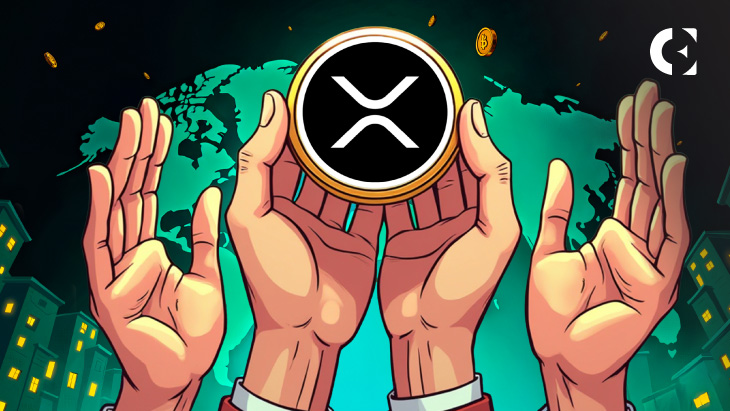- Debate grows on XRP’s role as CBDCs, private bank ledgers gain traction
- Proponents argue XRP bridge needed for efficient cross-border liquidity
- Schwartz: Wrapped CBDCs don’t solve liquidity; bridge asset still key
XRP continues to stir community interest as debate flares over its relevance in a future financial system featuring private bank ledgers and Central Bank Digital Currencies (CBDCs).
This ongoing discussion occurs as banks worldwide increasingly explore these new digital currency technologies.
CBDCs Rise: Is XRP Still a Necessary Bridge?
With CBDCs potentially offering direct government-backed digital currency pathways, speculation grew that XRP’s long-argued role as a neutral bridge currency could diminish.
However, proponents contend its function remains essential for efficient cross-border value transfer. They point to how Ripple’s solutions (often involving XRP) can allow seamless payments between different fiat currencies or digital assets, potentially reducing the need for banks to pre-fund accounts with large sums in multiple currencies (a costly process known as maintaining nostro/vostro accounts).
Private Ledgers vs. Public Bridges: XRP’s Edge?
A key point revolves around the apparent bank preference for private, permissioned ledgers, fueling fears they might bypass public bridge assets like XRP altogether, perhaps using internal liquidity pools or privately issued stablecoins.
XRP advocates counter that even if banks operate on private ledgers for internal processes, XRP’s ability to efficiently source external liquidity on demand and enable rapid settlement maintains its utility for connecting these ‘walled gardens’ for cross-border flows.
Related: Ripple Settles SEC Fight for Less, Yet XRP Price Remains Surprisingly Calm
They argue XRP offers instantaneous settlement and efficient value transfer across borders distinctly from stablecoins or potentially siloed wrapped CBDCs.
David Schwartz: Wrapped CBDCs Don’t Solve Liquidity Problem
The debate gained further traction after Ripple co-founder David Schwartz commented on the inherent limitations of simply creating wrapped, tokenized versions of each individual CBDC.
He noted that merely wrapping a CBDC onto another chain doesn’t automatically create usable liquidity between different sovereign digital currencies.
Schwartz highlighted the potential inefficiency: managing, for instance, 90 distinct bilateral trading pairs to directly connect just ten different CBDCs would be cumbersome. A neutral bridge asset like XRP, he implied, could streamline this process dramatically.
XRP’s Advantage: Unlocks Trapped Cross-Border Liquidity
Commentators often point out that XRP’s key advantage, particularly compared to legacy systems, lies in its potential to unlock capital trapped in traditional payment networks. The decades-old SWIFT messaging system, combined with correspondent banking, frequently requires banks to hold substantial, often idle funds in nostro accounts globally, simply to facilitate international payments – which creates significant capital inefficiencies.
Related: XRP, SOL, ADA, DOGE Prices Analyzed Following IBKR Listing News
Solutions using XRP help to free up these reserves by enabling on-demand liquidity, potentially injecting that capital back into productive use globally. A certain few also suggest that for less common, low-liquidity currency corridors, XRP remains a particularly effective settlement tool.
Disclaimer: The information presented in this article is for informational and educational purposes only. The article does not constitute financial advice or advice of any kind. Coin Edition is not responsible for any losses incurred as a result of the utilization of content, products, or services mentioned. Readers are advised to exercise caution before taking any action related to the company.









